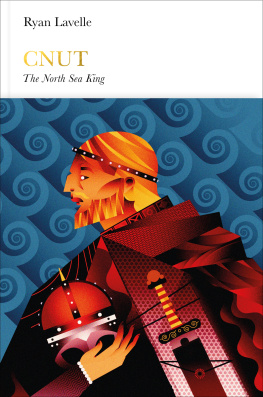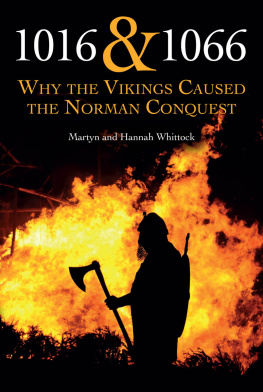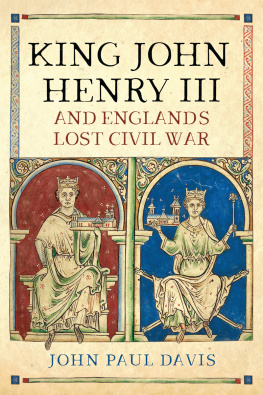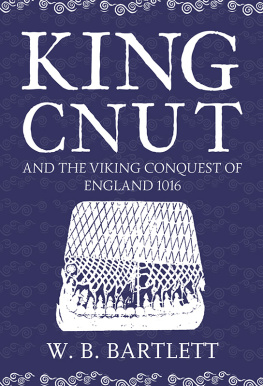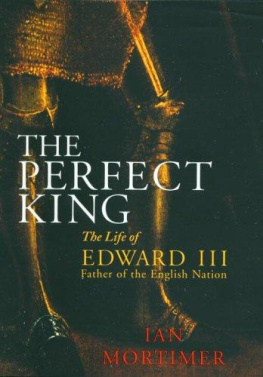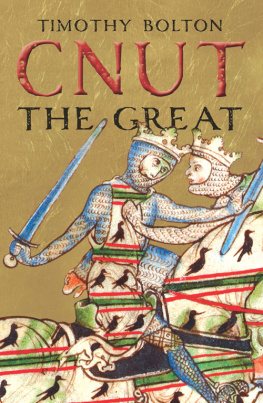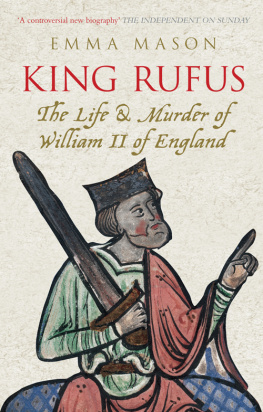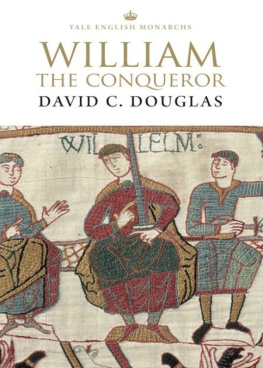Penguin Monarchs
THE HOUSES OF WESSEX AND DENMARK
| Athelstan | Tom Holland |
| Aethelred the Unready | Richard Abels |
| Cnut | Ryan Lavelle |
THE HOUSES OF NORMANDY, BLOIS AND ANJOU
| William I | Marc Morris |
| William II | John Gillingham |
| Henry I | Edmund King |
| Stephen | Carl Watkins |
| Henry II | Richard Barber |
| Richard I | Thomas Asbridge |
| John | Nicholas Vincent |
THE HOUSE OF PLANTAGENET
| Henry III | Stephen Church |
| Edward I | Andy King |
| Edward II | Christopher Given-Wilson |
| Edward III | Jonathan Sumption |
| Richard II | Laura Ashe |
THE HOUSES OF LANCASTER AND YORK
| Henry IV | Catherine Nall |
| Henry V | Anne Curry |
| Henry VI | James Ross |
| Edward IV | A. J. Pollard |
| Edward V | Thomas Penn |
| Richard III | Rosemary Horrox |
THE HOUSE OF TUDOR
| Henry VII | Sean Cunningham |
| Henry VIII | John Guy |
| Edward VI | Stephen Alford |
| Mary I | John Edwards |
| Elizabeth I | Helen Castor |
THE HOUSE OF STUART
| James I | Thomas Cogswell |
| Charles I | Mark Kishlansky |
| [Cromwell | David Horspool] |
| Charles II | Clare Jackson |
| James II | David Womersley |
| William III& Mary II | Jonathan Keates |
| Anne | Richard Hewlings |
THE HOUSE OF HANOVER
| George I | Tim Blanning |
| George II | Norman Davies |
| George III | Amanda Foreman |
| George IV | Stella Tillyard |
| William IV | Roger Knight |
| Victoria | Jane Ridley |
THE HOUSES OF SAXE-COBURG & GOTHA AND WINDSOR
| Edward VII | Richard Davenport-Hines |
| George V | David Cannadine |
| Edward VIII | Piers Brendon |
| George VI | Philip Ziegler |
| Elizabeth II | Douglas Hurd |
Ryan Lavelle
CNUT
The North Sea King
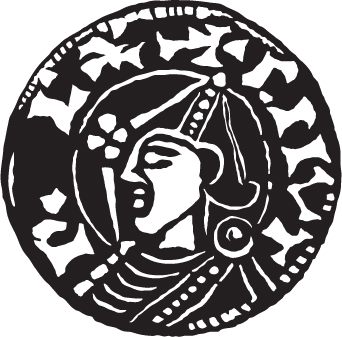
ALLEN LANE
UK | USA | Canada | Ireland | Australia
India | New Zealand | South Africa
Penguin Books is part of the Penguin Random House group of companies whose addresses can be found at global.penguinrandomhouse.com
First published 2017
Copyright Ryan Lavelle, 2017
The moral right of the author has been asserted
Cover design by Pentagram
Jacket art by Jonny Wan
ISBN: 978-0-141-97988-5
For Benjamin
Note on the Text
NAMES AND SOURCES
Historical names can prove difficult in a book like this, which attempts to tread a fine line between accessibility and the complexities of early medieval societies. With names sometimes sounding odd and even alienating to the modern anglophone ear, how to render them in print can be the bane of editors and typesetters, not to mention authors. Although there are no tricky long-abandoned letters such as or to worry about, the choice of spelling is an issue when it comes to our protagonist, the self-styled King of all England and Denmark, and the Norwegians, and Part of the Swedes, whose name, meaning Knot in Old Norse, can be rendered Kntr, Knud, Knut, Cnut or Canute. In some ways, the variety reflects the various identities and audiences of this ruler. Versions of the traditional anglophone rendering, Canute, were occasionally used in some Anglo-Latin documents and Canute still crops up today in such diverse circumstances as the name of a street or of a transport company. Old Norse sources tend to run with variations of Kntr, while many modern Scandinavian historians use the modern personal name Knud (Danish) or Knut (Swedish and Norwegian, and also the name of a famous polar bear in Berlin Zoo). In England, the letter K was only stuttering into use in the eleventh century and Cnut was used on coins and in many contemporary English documents, including the annals from the period known to us as the Anglo-Saxon Chronicle. As this is a book on an English king or at least a King of England for a series about English monarchs it seems appropriate to make that choice here and refer to him as Cnut.
The different ways in which Cnut was remembered reflects the range of sources for the period of his reign (101735). The Anglo-Saxon Chronicle provides a court-focused narrative of the main events of the Anglo-Saxon period in the contemporary vernacular of Old English. Despite recording events in year-by-year annals, the Chronicle for much of our period is likely to have been compiled by a single author (referred to here as the Chronicler), between about 1017 and 1023, perhaps even in a single writing campaign that brought together the early years of Cnuts reign with those of his predecessors thelred the Unready (9781016) and Edmund Ironside (1016). The Chroniclers criticisms of some of those who surrounded the kings of the time makes it difficult to determine whether the writer of the Chronicle favoured the advent of Cnuts reign. Whatever his thoughts, the Chronicler does not seem hostile to Cnut himself. Historians may supplement the words of the Chronicle with those of a Flemish author writing an encomium for Cnuts English queen, Emma, a few years after Cnuts death. These narrative sources may draw on the memories of those who were around Cnut during his reign, but they should be used with care. The authors of the time were not writing with the aim of providing an accurate record for posterity and there is much that the Chronicle and the Encomium Emmae Reginae do not say. For a fuller picture of the king, we must draw from a wider range of records, from the intricately composed Old Norse of skalds, or court poets, through to the statements of Christian piety in Latin and Old English in charters and laws, as well as the few visual depictions of Cnuts kingship that survive: the images of his head hammered on coins in England and Scandinavia or the depiction of the king with Queen Emma in a Winchester monasterys

